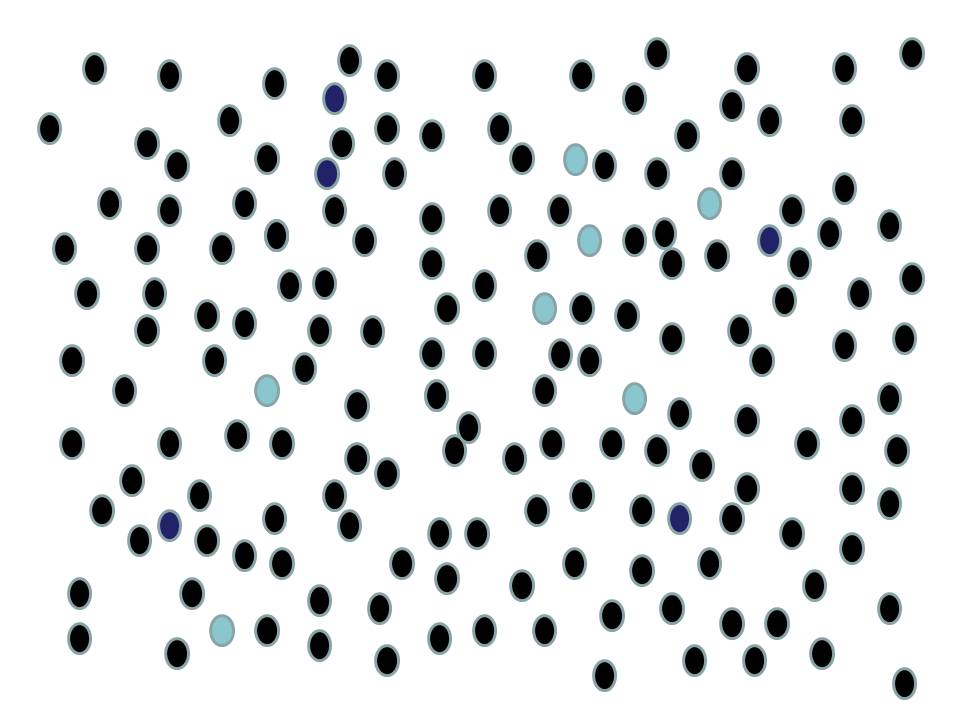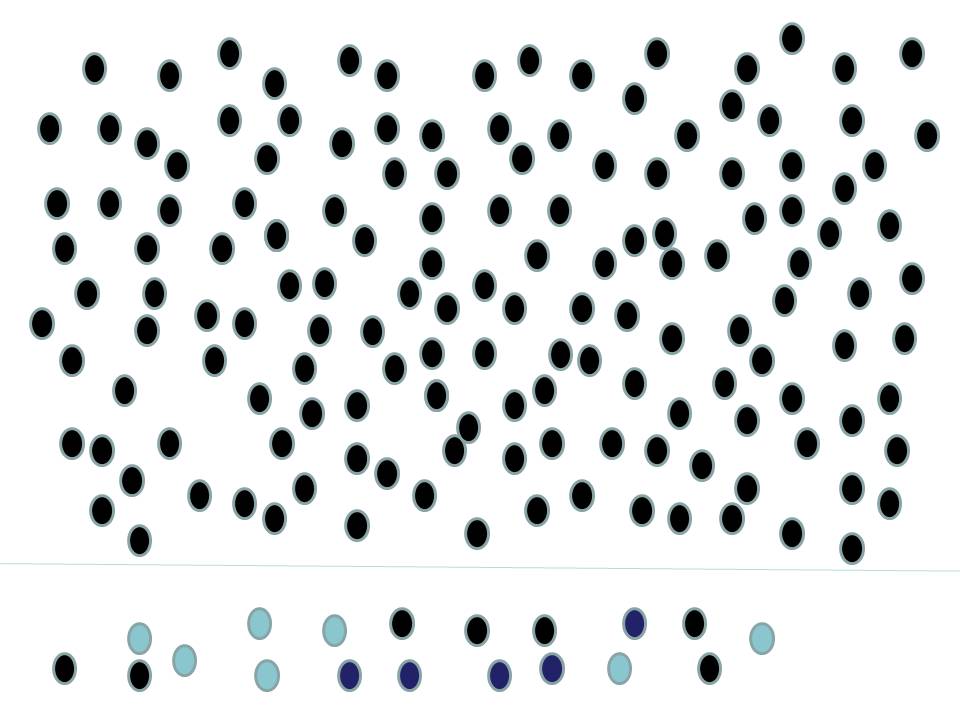Divide and conquer: a space for diagnosis in primary care


Primary care
Primary care is the first contact between a person with a health problem and a doctor. Nowadays, the emergency departments are also a kind of primary care to advance the outcome of a test or an appointment. In countries with a social security system people go tothe Health Center to receive treatment, but, among them, there are a lot of persons looking for a diagnosis. The importance of a proper control of hypertension, the glucose levels or a pain is noteworthy, but it is not less important the diagnostic process for every person looking for an answer to their symptoms. The diagnostic process can be the most important moment on a person´s life, and the doctor in charge needs time to be able to resolve the situation.
Primary care must establish a specific time for a new diagnosis, selecting this group of people apart of the whole population visiting a Health Center.
The Emergency Department
“Triage” is a French word coming from the military world, meaning a divided into three types of injured people, one of the ones who were going to die anyway, other for people who needs an urgent operation, for instance a limb amputation, and the third one an intermediate group of people who could wait for a decision. This system, adapted to our hospitals, is still used in clinical practice, and it seems that works fine. But this type of classification is not free of bias, most of them associated with a label that can influence not only to the person in charge, but with the doctor attending the patient. The professional who has the decision to classify patients must be an expert and to have a good intuition in general.
We are in a moment for a big change in Medicine, a moment where the provider and the patient can learn to share decisions about the personal problem of the patient, and this change is starting now worldwide, in Madrid, Rio de Janeiro or Kuala Lumpur. The anamnesis, a physical examination and a good clinical reasoning, with enough time for the doctor and the patient are key in the difficult moment of a new diagnosis.
Author: Lorenzo Alonso



